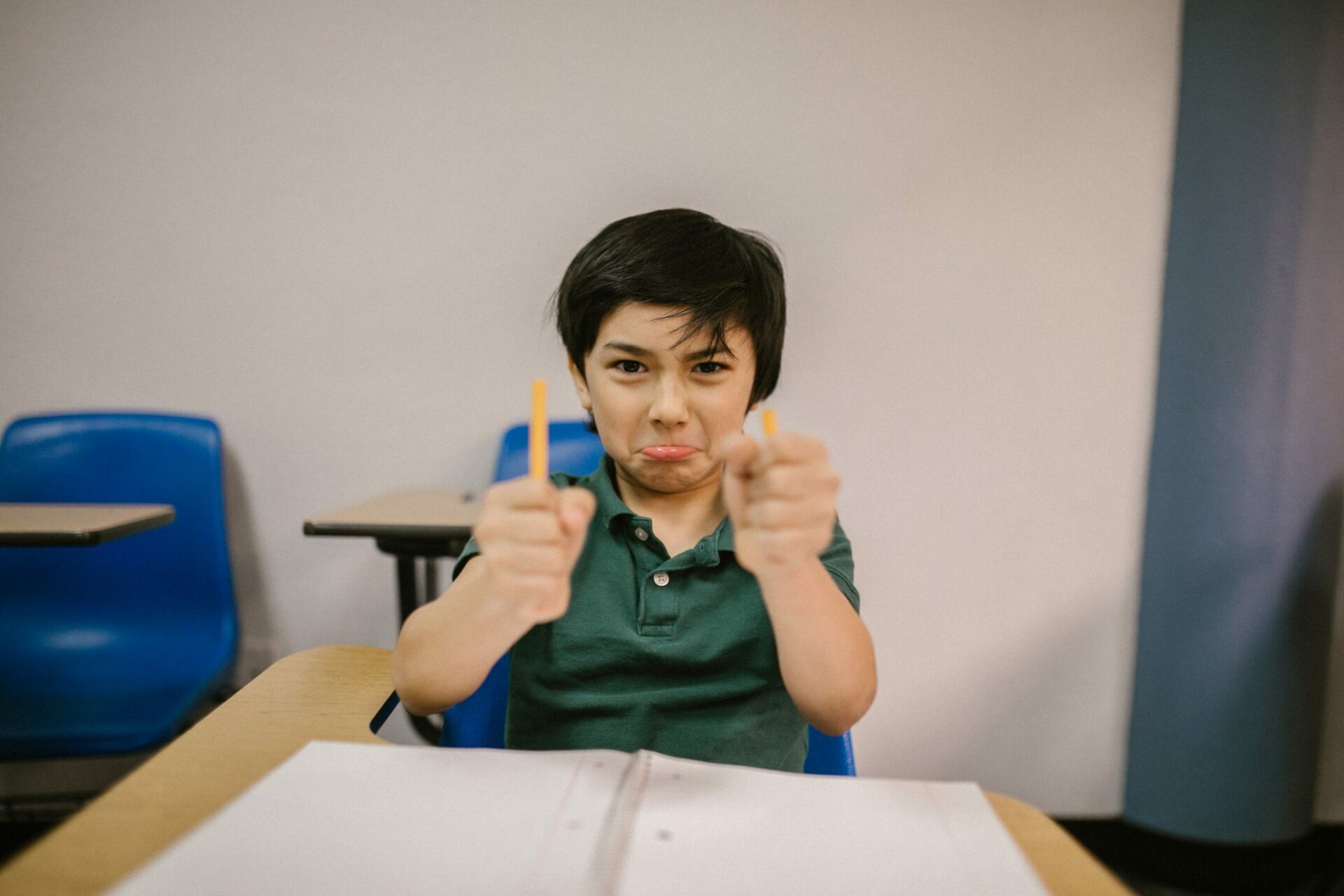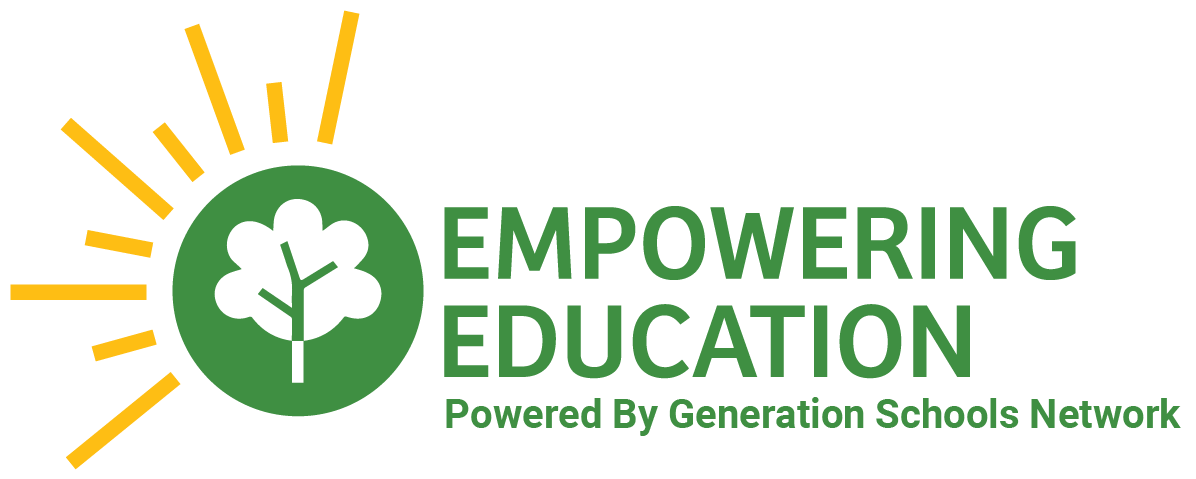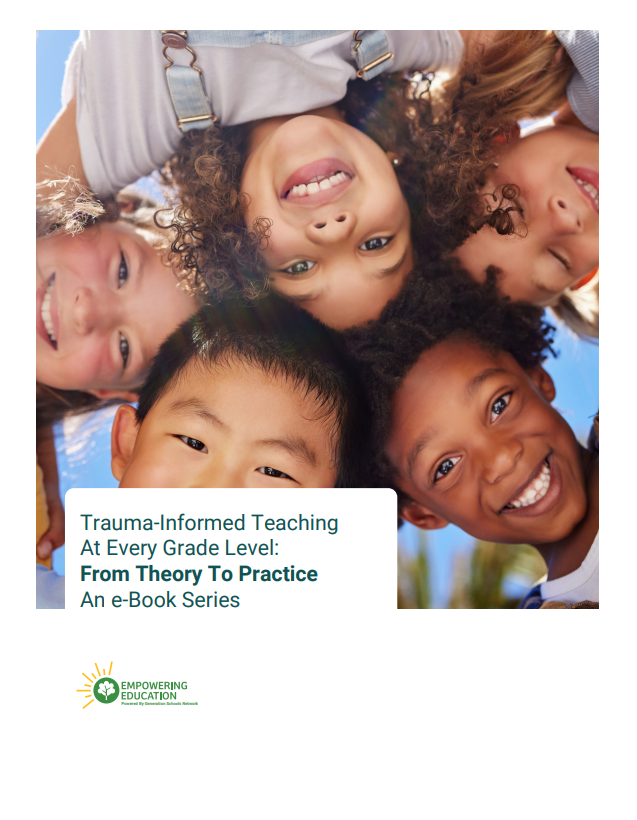6 Tips For Managing Classroom Disruptions
Classroom disruptions - every teacher gets them, but no teacher wants them. Realistically, educators can’t expect to eliminate all negative student behavior.
Inevitably, when you want your class to sit silently, someone talks. If you’re truly unlucky, one of your students will make a fart noise that causes the whole class to break into laughs and shushing sounds. Occasionally, you’ll also witness personal insults and physical threats.

6 Tips For Managing Classroom Disruptions
What is the best way to respond to disruptive behavior when it happens? Here are our 6 tips:
- Stay calm & model positive behavior
- Cultivate compassion
- Measure success differently
- Vary punishment with reward
- Trust the process
- Manage your expectations
1. Model Positive Behavior
“Children have never been very good at listening to their elders, but they have never failed to imitate them.”
~ James Baldwin
More than anything you say, students will respond to the learning environment you cultivate. As the adult in the room, focus on responding to conflict, not reacting. In doing so, you’ll encourage students to practice real life skills that will benefit them outside the class.
Our attitudes have a huge impact on the classroom culture. For example, Paul Eckman’s work on microexpressions taught us that the thoughts of one person can spread to another, often involuntarily. This means that to a certain extent, when children watch someone panic, they will often panic themselves.
2. Cultivate Compassion
You’ve likely spent a good amount of time planning a lesson, and you want it to run smoothly. You’re invested in your lessons, so a natural response to classroom disruptions is to write off class clowns as “bad kids.”
However, often reactive behaviors may indicate unmet needs at home, previous traumatic experiences, or ongoing biological or environmental factors. Understand that student conduct is largely impacted by a child’s ACES.
Additionally, people often mistake learning differences for legitimate responses to trauma. Understand that students are likely responding to trauma, rather than disrespecting a teacher or “goofing off”.
This understanding will help you cultivate empathy towards the most distractible children. With trauma-informed care, you can make more informed choices about how to enforce classroom rules.
3. Measure Success Differently
Responding to classroom disruptions is a pivotal opportunity for building relationships between you and your students. Even the most effective classroom management strategies will be lost on students that don’t know you or don’t trust you.
Begin your relationship with students by maintaining order, consequences, and respect. Although student learning depends on structure, you can find opportunities to embrace free time!
We’re not suggesting you simply allow your class free reign, but reconsider what success looks for a portion of the day. A few minutes together without an agenda provides a valuable chance to deepen personal relationships.
4. Vary Punishment with Reward
Punitive consequences can be effective, but oftentimes rewards are more sustainable. As an alternative, try providing positive incentives for desired behaviors.
Additionally, give students restorative activities for misbehavior. For example, request an apology from a student or have them clean up a mess they created.
Most students want to build positive relationships with their peers and teachers. After a conflict, provide opportunities to repair the relationships they harmed. Most of all, give the student a chance to reset.
5. Trust the Process
If your “aim” is on a well-behaved and emotionally adjusted class and you pay no attention to how you get there, you are going to be disappointed. There will of course be setbacks throughout the school year!
There will always be students who act out or complain. Growth mindset teaches these challenges are integral to student development. You can only change what is in your locus of control, so have faith in the process.
6. Manage Your Expectations
The number one thing you can do? Manage your own expectations. Keep the standards high for your students, but provide them a safety net when they fail.
High school and elementary school students need scaffolding to succeed. Let children learn from their mistakes in a structured and safe way.
If no faculty member or student is in danger, give kids productive opportunities to learn from their behaviors. If classroom distractions are a threat to student safety, then seek help from a trained staff member.
Get SEL Resources
Do you want help implementing a social emotional learning curriculum in your school? Connect with our education specialists to plan your professional development workshop.
Need help responding to classroom disruptions? A social-emotional learning program will provide tools for children to learn self-regulation and prevent disruptions in the long term.






